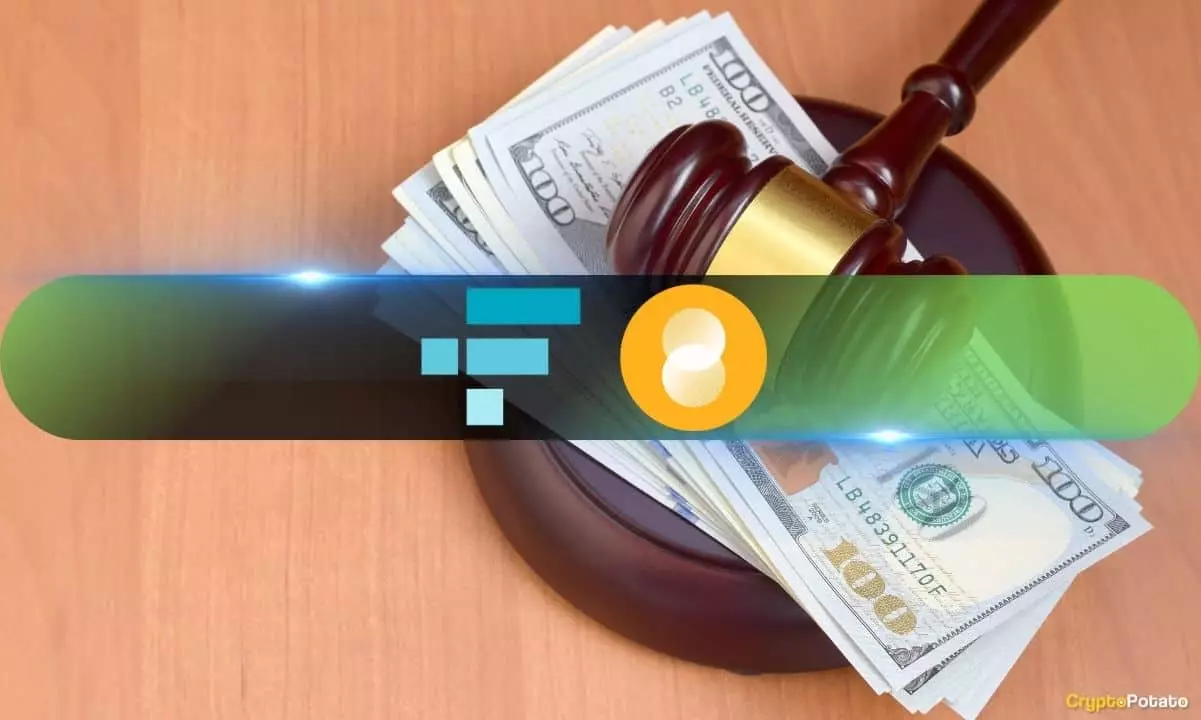The tumultuous journey of FTX, a crypto exchange that dramatically filed for bankruptcy in late 2022, has been punctuated by a series of litigation efforts aimed at asset recovery. Among these was a significant lawsuit targeting Bybit, its executives, and the investment arm Mirana. This legal action emerged from allegations that Bybit exploited its privileged “VIP” access to withdraw substantial funds—valued in the hundreds of millions—from FTX even as the exchange froze withdrawals for its regular users. Filed exactly a year after FTX’s collapse, this lawsuit sought a staggering $1 billion in damages, illustrating the scale of FTX’s efforts to recover assets for its creditors and former customers.
Recently, FTX announced a settlement agreement, currently awaiting court approval, that could yield approximately $228 million. This settlement, as detailed in a court filing dated October 24, includes the recovery of $175 million in digital assets from Bybit’s platform and an additional sale of $52.7 million in BIT tokens to Mirana, Bybit’s investment affiliate. The decision to settle was characterized by FTX as being in the “best interests” of all parties involved, highlighting a strategy aimed at maximizing asset recovery while minimizing the prolonged costs of litigation. FTX further requested to waive the standard 14-day period that typically follows asset distribution, signaling a desire for expedited financial recovery.
This settlement coincides with a recent milestone in FTX’s bankruptcy proceedings—specifically the approval of its bankruptcy plan on October 7. Under this plan, FTX aims to reimburse an astounding 98% of its users, providing approximately 118% of their claims back in cash. With projections indicating a potential total recovery of between $14.7 billion and $16.5 billion, largely due to successful asset recovery operations involving various entities (including the US Department of Justice), the settlement with Bybit is a critical component of this overarching strategy.
FTX and its sister firm, Alameda, have found themselves at the center of intense regulatory scrutiny and enforcement actions, resulting in a staggering total of $12.7 billion in settlement fees—marking this as the most substantial penalty ever imposed on cryptocurrency firms. The fallout from FTX’s collapse has not only revolutionized internal compliance standards within crypto exchanges but also prompted a reevaluation of regulatory frameworks governing the digital asset landscape. This settlement, therefore, is also reflective of the broader trends in the industry, pushing firms to more proactively address compliance and operational risks moving forward.
As FTX prepares for a court hearing scheduled for November 20, 2024, the outcome of this settlement will significantly impact its ongoing recovery efforts. Should the court approve the settlement agreement, it will mark a vital step towards financial restitution for FTX’s creditors. The past year has been a turbulent one for FTX, but if their settlement strategy proves successful, it could pave the way for revitalized operational prospects and a renewed focus on restoring trust within the beleaguered crypto community.


Leave a Reply